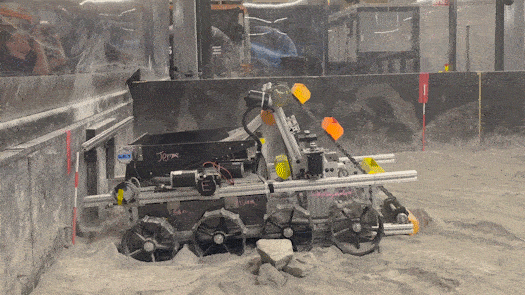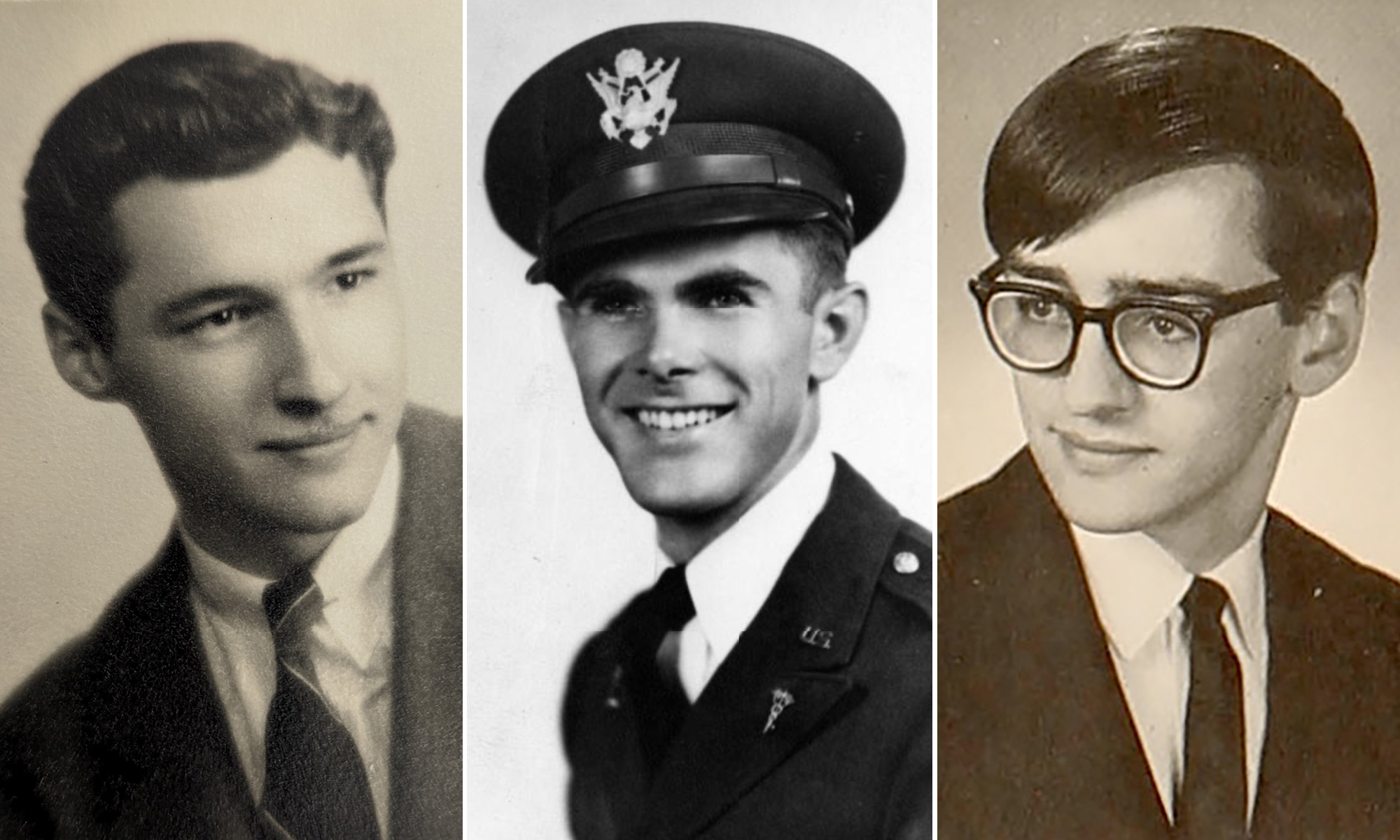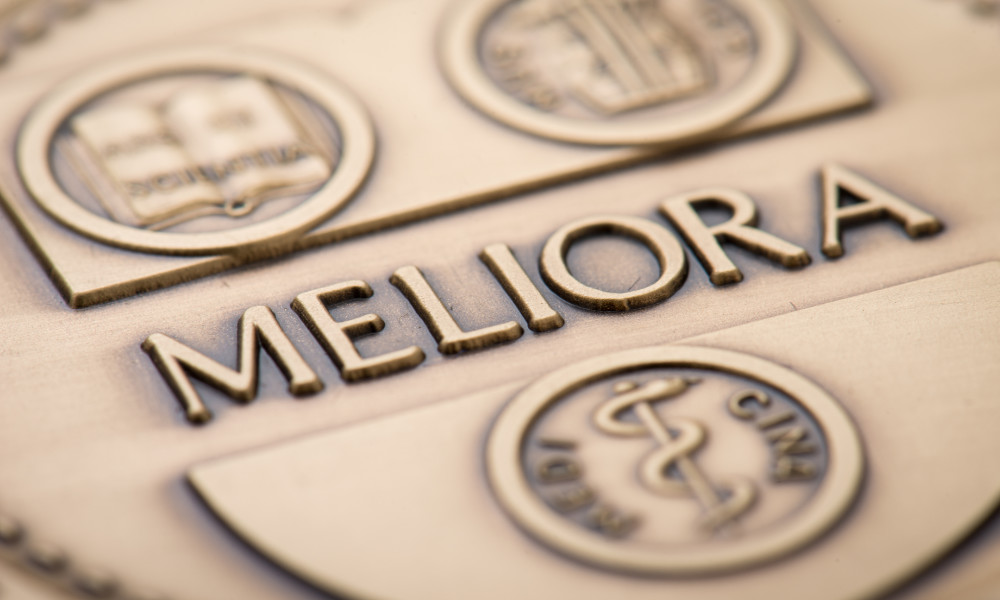Making Their Mark is a Newscenter series of profiles celebrating members of Rochester’s graduating class of 2019.
A lot of the music that Ben Schmitz ’19 likes was recorded on four-track cassette tape recorders back in the 1980s and ’90s.
“These were do-it-yourself musicians who couldn’t afford studio time,” says Schmitz, an audio and music engineering (AME) major at the University of Rochester’s Hajim School of Engineering and Applied Sciences. “For them it was a necessity. The only way for them to record their music was by buying these cheap tapes that didn’t sound that great.”
Warble. Wow. Flutter. These are the typical pitch changes associated with irregular tape motion during recording or playback.
The practice was used so widely, by artists with such different perspectives, that it led to a “low-fi (fidelity) musical aesthetic that a lot of artists are still trying to recreate,” Schmitz says.
Hence the intriguing senior design project by Schmitz and three other AME seniors: a software program dubbed SketchCassette that can digitally recreate these distortions as creative special effects when mixing musical tracks in a digital audio workstation.
“In much the same way, people can use sepia tone filters when they post images to Instagram,” says team member Daniel Fine ’19. “People like this nostalgic, old-time feel to things.”
Besides, Schmitz says, audio engineers are so good at using the digital tools now available to them, that it’s “pretty easy and commonplace to create recordings that sound clean and amazing and perfect.
“We felt like the easier direction to go in terms of breaking new ground is making things sound worse – but in a pleasing way.”
Going for a low-fi look
There are already plug-ins on the market that attempt to emulate this low-fi aesthetic by capturing distortions directly from tape recordings. What’s different about the team’s approach is that the sound effects were created digitally, “so you can have more control over them, and tweak them to sound exactly the way you want them to,” Schmitz says.
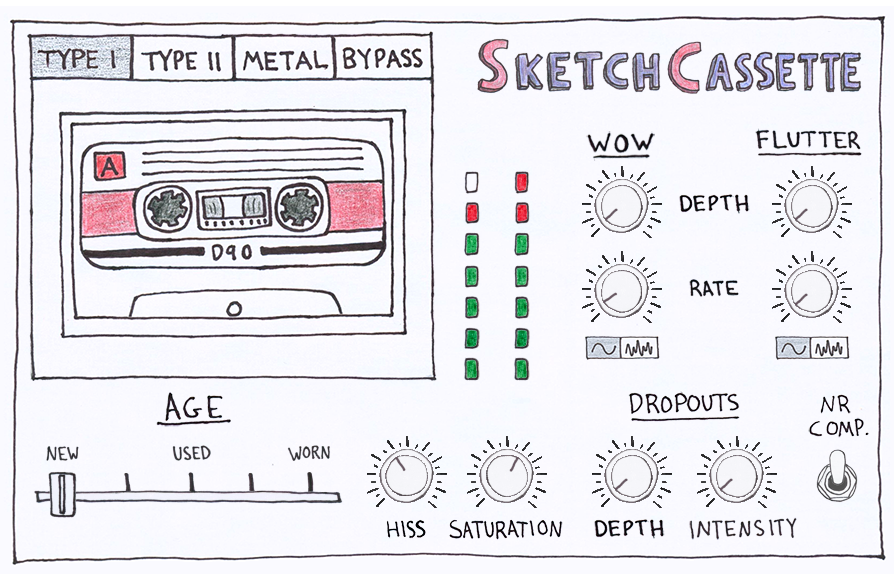
The team started on the project last fall. The initial technical challenge, Fine says, was to determine how much of the work would be based on profiling and modeling the sonic properties of different types of cassette tapes, how much could be achieved by creating the effects with C++ code.
“I think we found a good balance,” Fine says. For example, the team used frequency profiles from the tapes to create a filter to emulate overall sound quality. Wow and flutter were emulated by using delay lines to digitally vary the playback rate.
“There was a great deal of signal processing and mathematical modeling involved in this project,” says Michael Heilemann, the assistant professor of electrical and computer engineering who supervises the audio and music engineering projects.
Team members also spent a lot of time reading and taking tutorials to master the use of RACK AFX, a platform for creating plug-ins that they had not used in prior classes.
In keeping with the low-fi aesthetic of the plug-in, Fine even came up with a fanciful graphical user interface (GUI).
“A lot of the plug-ins that create reverbs, or that are used as compressors or equalizers, base their GUI on images of the actual hardware that was used in the ’70s and ’80s,” Fine says. “Since we’re not trying to perfectly emulate cassette tape technology, but to come up with something fun and minimalistic and low-fi, I decided to hand draw all of the elements of the graphical user interface with sharpies and colored pencils.”
The “hand-drawn look helps this stand out from anything else that’s available,” says team member Josh Hyde ’19.
And of course, Schmitz says, “real cassette tape decks look pretty boring.”
Mixing and mastering engineering and art
The project is a good example of how the audio and music engineering program at the University of Rochester enables students to combine technical skills with artistic sensibilities.
“It’s been a fascinating degree,” says Fine. “There have been times when it has very much appealed to the creative side of me. I’ve had classes where I’ve composed music for film, or where I’m mixing and mastering recording projects. But I’ve also had classes that reflect the engineering side, classes like signal and systems. So, it’s been very thorough.”
The plug-in was running on a couple of computers so people could interact with it during the annual Hajim School Design Day on May 2, when more than 80 teams of engineering and computer science students displayed their capstone projects in the University’s Goergen Athletic Center.
The plug-in is probably novel enough to be patentable, Schmitz says. “But we’re also not really worried about monetizing it. For us, this has been an educational, fun project and we hope, after we’re done with this, to distribute it freely online.
“I think it’s more important to us to get it out there and have it on our resumes and let people use it, as it is to make money off of it.”
More from Design Day
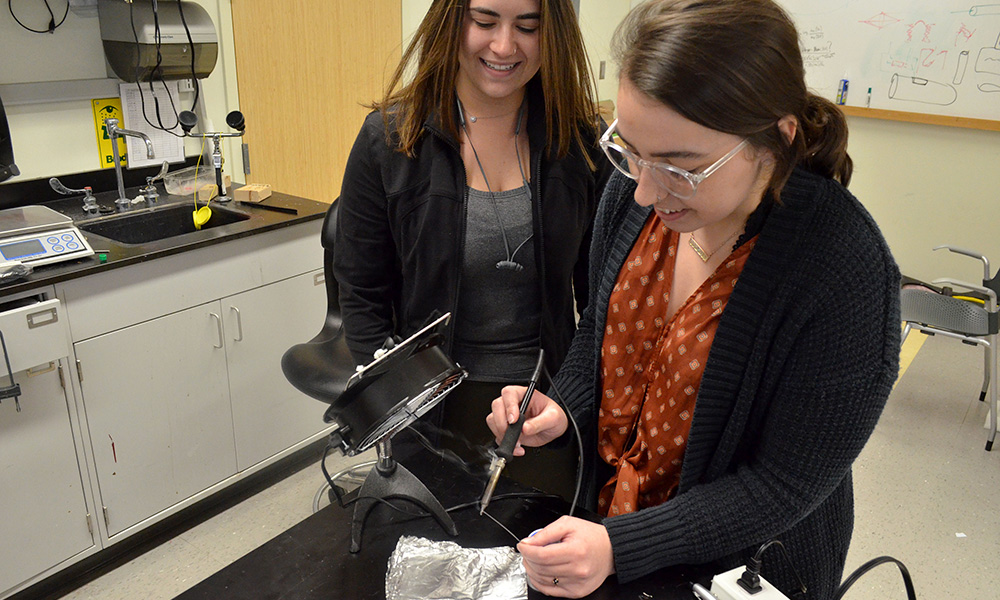
Students make assembly line more accessible for workers with disabilities
The graduating seniors behind THOR Designs are the first all-female engineering team to compete in a state-wide competition to bring assistive technologies to New Yorkers in the workplace.
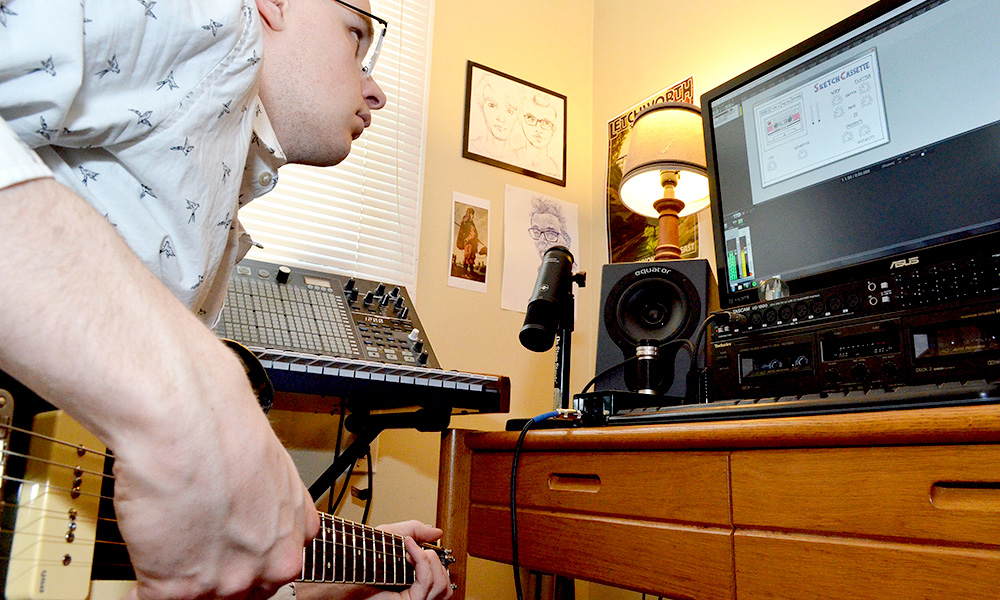
Human powered vehicle offers ‘so many things’ in one project
Members of the Human Powered Vehicle Challenge Team can take their senior engineering capstone project on the road, competing nationally with other student engineers to design, build, and race a new off-road vehicle.
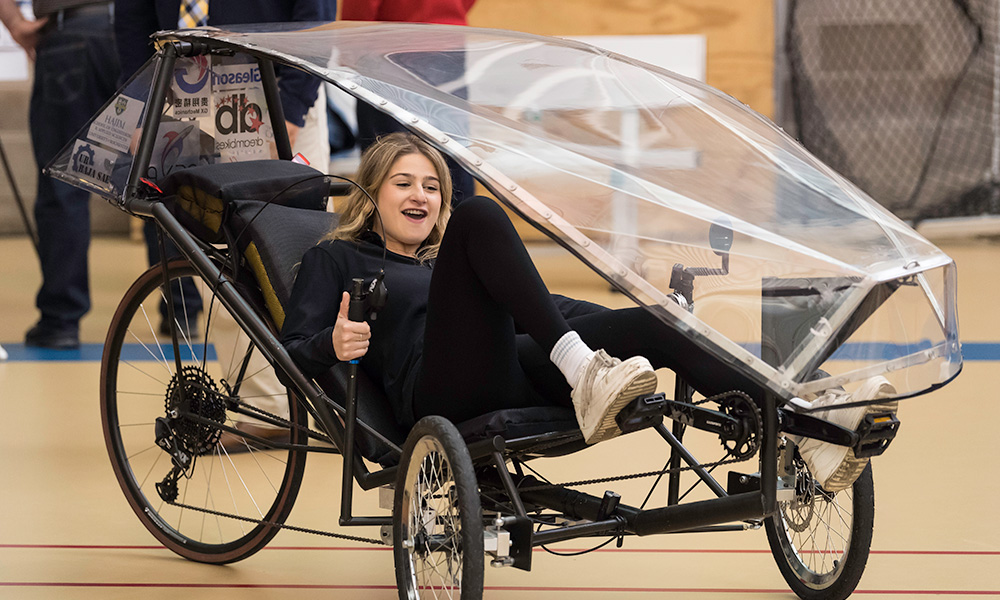
Translating Nobel-worthy science for a broad audience
For their capstone project, a senior design team has built a demonstration model for museum audiences of the Nobel Prize-winning laser technology developed by Rochester alumna Donna Strickland ’89 (PhD).

